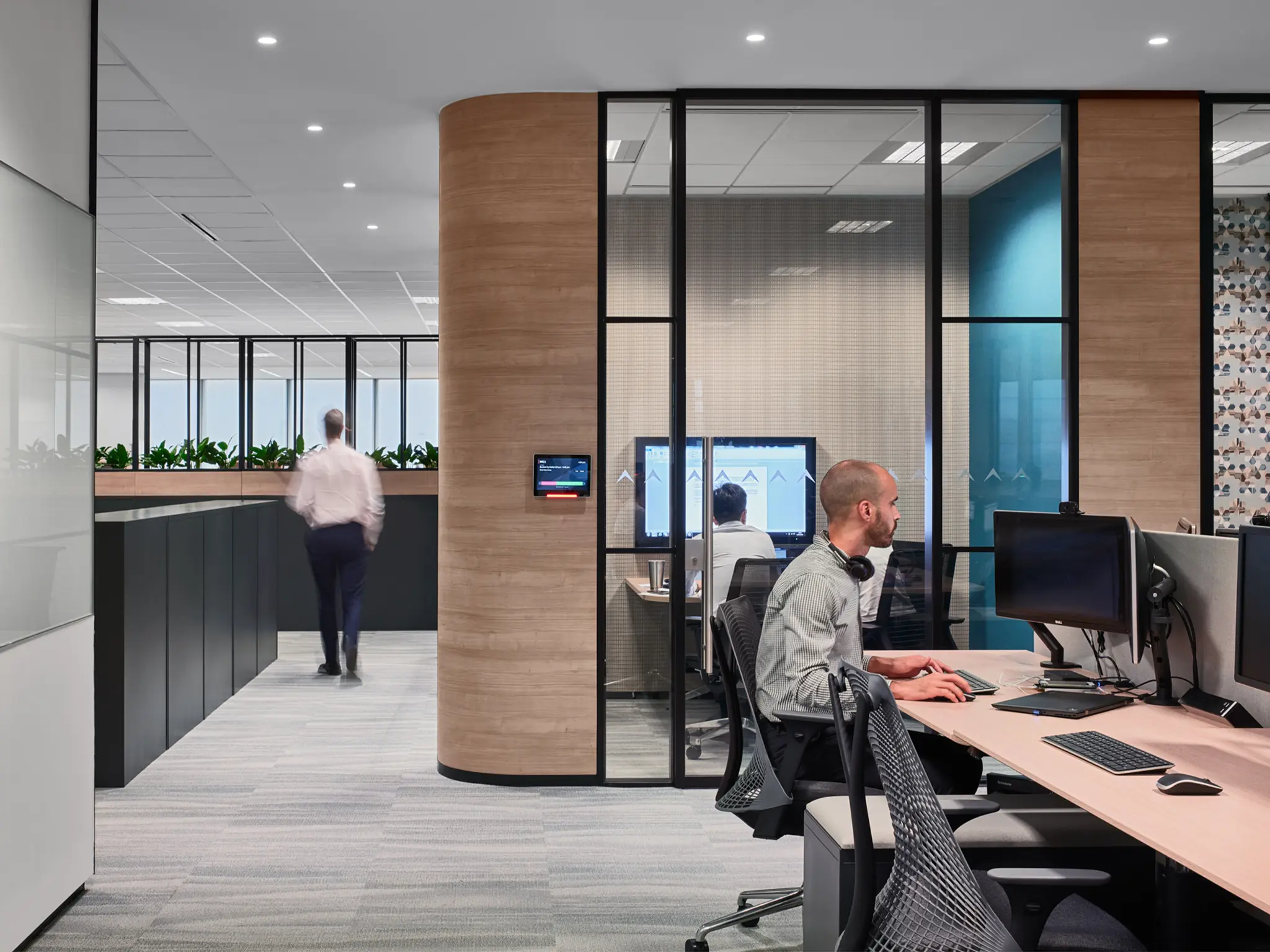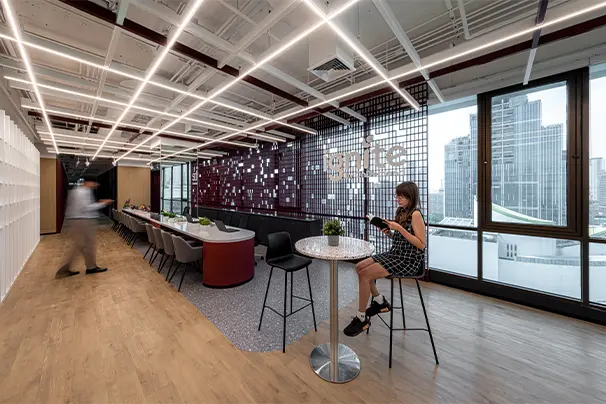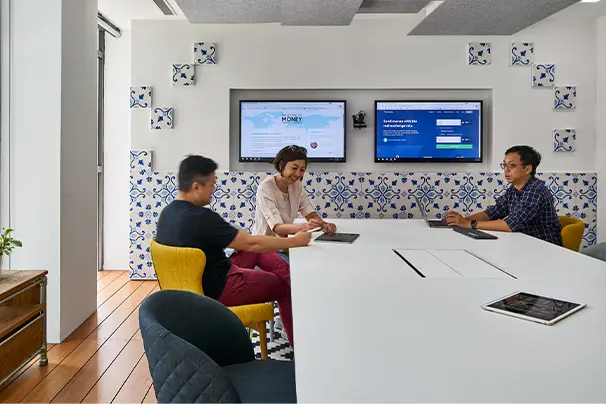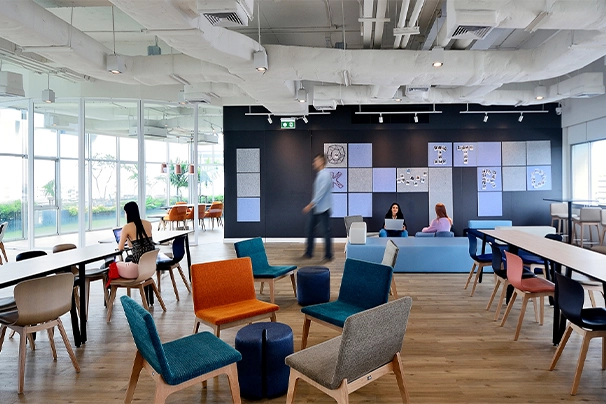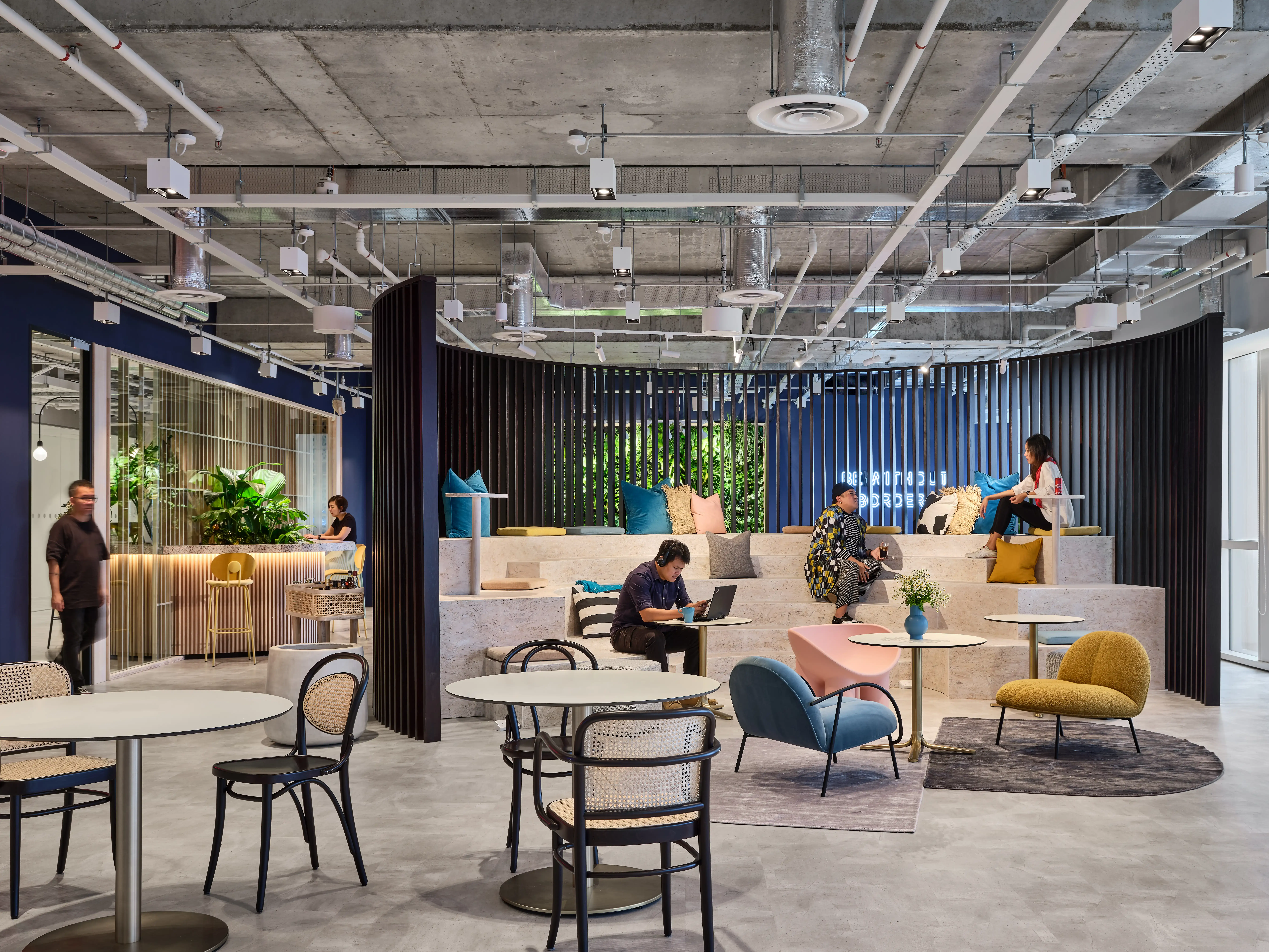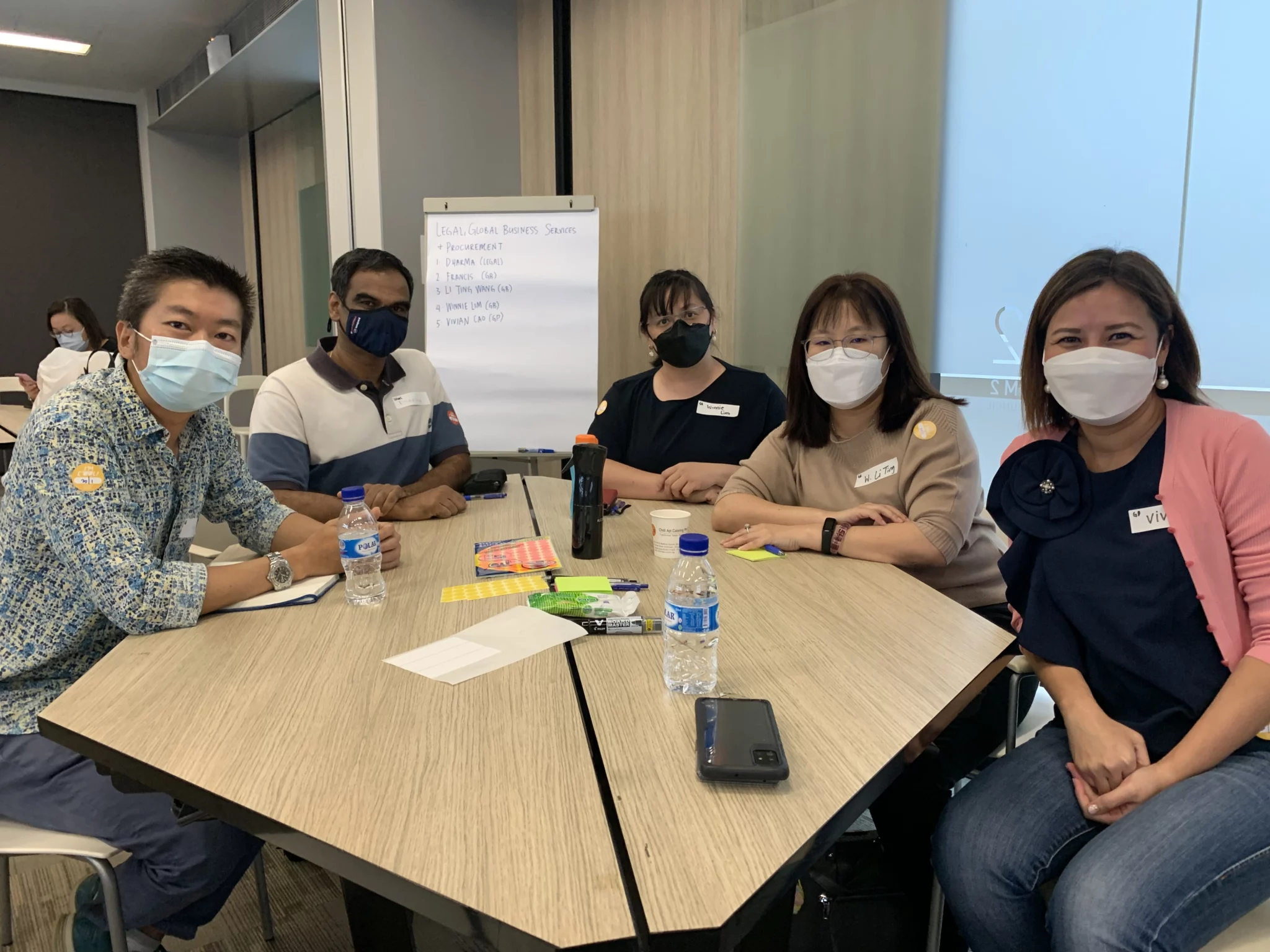Designing an Office with Employees in Mind
22 April 2024
In today’s dynamic work environments, where employee satisfaction and productivity are paramount, the importance of designing offices tailored to employees’ specific work requirements cannot be overstated. By meticulously crafting spaces that resonate with the needs and preferences of the workforce, employers can unlock a plethora of benefits, both tangible and intangible.
Let’s delve into how such tailored designs can transform the workplace experience, fostering a conducive environment where employees thrive:
Increased Productivity: When the office layout and design cater to employees’ specific work requirements, they can work more efficiently and effectively, without unnecessary distractions or impediments.
Enhanced Comfort: A workspace that is designed with employees’ comfort in mind promotes well-being and reduces physical strain. Ergonomic furniture, proper lighting, and adequate ventilation contribute to employees’ comfort, reducing fatigue and improving overall satisfaction with their work environment.
Improved Concentration: Designing the office to minimise distractions and provide dedicated spaces for focused work helps employees maintain their concentration and stay on task. This can lead to higher-quality work and fewer errors or mistakes.
Boosted Creativity: Design elements such as collaborative spaces, brainstorming areas, and creative zones encourage employees to share ideas, collaborate with colleagues, and innovate together.
Greater Engagement: A well-designed office that supports employees’ work requirements can boost morale and job satisfaction, leading to higher levels of engagement and commitment to their work.
Increased Communication: Designing the office to facilitate collaboration and communication among employees encourages teamwork and idea-sharing. Open-plan layouts, collaborative workspaces, and technology-enabled meeting areas make it easier for employees to collaborate with colleagues, leading to stronger relationships and improved teamwork.
Support for WorkLifeBalance: Wellness rooms, relaxation areas, or flexible work arrangements help employees manage their workloads while also attending to their personal needs and obligations, leading to greater overall satisfaction and well-being.
Sense of Ownership: When employees feel they are being heard and seen, they develop a sense of ownership and pride in their workplace. This can foster a positive company culture and contribute to employee loyalty and retention.
Overall, designing an office with employees’ specific work requirements in mind leads to happier, more engaged, and more productive employees, ultimately benefiting both the individual employees and the organisation as a whole.
join our newsletter
Subscribe to receive the latest updates and news on design,
workplace strategy and research into your inbox.

